Professor Normand Laurendeau0521846358, 9780521846356, 9780511140624
Table of contents :
Half-title……Page 3
Title……Page 5
Copyright……Page 6
Contents……Page 9
Dedication……Page 7
Preface……Page 17
1.1 The Statistical Foundation of Classical Thermodynamics……Page 19
1.3 Why Statistical Thermodynamics?……Page 21
PART ONE FUNDAMENTALS OF STATISTICAL THERMODYNAMICS……Page 23
2.1 Probability: Definitions and Basic Concepts……Page 25
2.2 Permutations and Combinations……Page 28
2.3 Probability Distributions: Discrete and Continuous……Page 29
2.4 The Binomial Distribution……Page 31
2.5 The Poisson Distribution……Page 33
2.6 The Gaussian Distribution……Page 34
2.7 Combinatorial Analysis for Statistical Thermodynamics……Page 36
2.7.1 Distinguishable Objects……Page 37
2.7.2 Indistinguishable Objects……Page 38
Problem Set I Probability Theory and Statistical Mathematics (Chapter 2)……Page 41
3 The Statistics of Independent Particles……Page 47
3.1 Essential Concepts from Quantum Mechanics……Page 48
3.2 The Ensemble Method of Statistical Thermodynamics……Page 49
3.3 The Two Basic Postulates of Statistical Thermodynamics……Page 50
3.3.2 The M–B Method: Microstates and Macrostates……Page 51
3.4 The Most Probable Macrostate……Page 53
3.5.1 Bose–Einstein Statistics……Page 55
3.5.2 Fermi–Dirac Statistics……Page 56
3.5.3 The Most Probable Particle Distribution……Page 57
3.6.1 The Boltzmann Relation for Entropy……Page 58
3.6.2 Identification of Lagrange Multipliers……Page 59
3.6.3 The Equilibrium Particle Distribution……Page 60
4.1 The Dilute Limit……Page 63
4.2 Corrected Maxwell–Boltzmann Statistics……Page 64
4.3 The Molecular Partition Function……Page 65
4.3.1 The Influence of Temperature……Page 67
4.3.2 Criterion for Dilute Limit……Page 68
4.4 Internal Energy and Entropy in the Dilute Limit……Page 69
4.5 Additional Thermodynamic Properties in the Dilute Limit……Page 71
4.6 The Zero of Energy and Thermodynamic Properties……Page 73
4.7 Intensive Thermodynamic Properties for the Ideal Gas……Page 74
Problem Set II Statistical Modeling for Thermodynamics (Chapters 3–4)……Page 77
PART TWO QUANTUM MECHANICS AND SPECTROSCOPY……Page 85
5.1 Historical Survey of Quantum Mechanics……Page 87
5.2 The Bohr Model for the Spectrum of Atomic Hydrogen……Page 90
5.3 The de Broglie Hypothesis……Page 94
5.4 A Heuristic Introduction to the Schrodinger Equation……Page 96
5.5 The Postulates of Quantum Mechanics……Page 98
5.6 The Steady-State Schrodinger Equation……Page 101
5.6.1 Single-Particle Analysis……Page 102
5.6.2 Multiparticle Analysis……Page 103
5.7 The Particle in a Box……Page 104
5.8 The Uncertainty Principle……Page 108
5.9 Indistinguishability and Symmetry……Page 110
5.10 The Pauli Exclusion Principle……Page 112
5.11 The Correspondence Principle……Page 113
6.1 Schrodinger Wave Equation for Two-Particle System……Page 115
6.1.1 Conversion to Center-of-Mass Coordinates……Page 116
6.2 The Internal Motion for a Two-Particle System……Page 117
6.3 The Rotational Energy Mode for a Diatomic Molecule……Page 118
6.4 The Vibrational Energy Mode for a Diatomic Molecule……Page 122
6.5 The Electronic Energy Mode for Atomic Hydrogen……Page 126
6.6 The Electronic Energy Mode for Multielectron Species……Page 133
6.6.1 Electron Configuration for Multielectron Atoms……Page 134
6.6.2 Spectroscopic Term Symbols for Multielectron Atoms……Page 136
6.6.3 Electronic Energy Levels and Degeneracies for Atoms……Page 137
6.6.4 Electronic Energy Levels and Degeneracies for Diatomic Molecules……Page 139
6.7 Combined Energy Modes for Atoms and Diatomic Molecules……Page 141
6.8 Selection Rules for Atoms and Molecules……Page 142
7 The Spectroscopy of Diatomic Molecules……Page 147
7.1 Rotational Spectroscopy Using the Rigid-Rotor Model……Page 148
7.2 Vibrational Spectroscopy Using the Harmonic-Oscillator Model……Page 149
7.3 Rovibrational Spectroscopy: The Simplex Model……Page 150
7.4 The Complex Model for Combined Rotation and Vibration……Page 154
7.5 Rovibrational Spectroscopy: The Complex Model……Page 156
7.6 Electronic Spectroscopy……Page 159
7.7 Energy-Mode Parameters for Diatomic Molecules……Page 162
Problem Set III Quantum Mechanics and Spectroscopy (Chapters 5–7)……Page 165
PART THREE STATISTICAL THERMODYNAMICS IN THE DILUTE LIMIT……Page 173
8.1 Energy and Degeneracy……Page 175
8.2 Separation of Energy Modes……Page 177
8.3 The Molecular Internal Energy……Page 178
8.4 The Partition Function and Thermodynamic Properties……Page 179
8.5 Energy-Mode Contributions in Classical Mechanics……Page 181
8.5.1 The Phase Integral……Page 182
8.5.2 The Equipartition Principle……Page 184
8.5.3 Mode Contributions……Page 185
9.1.1 Translational Mode……Page 187
9.1.2 Electronic Mode……Page 191
9.2 The Diatomic Gas……Page 193
9.2.2 The Zero of Energy……Page 194
9.2.3 Rotational Mode……Page 196
9.2.4 Quantum Origin of Rotational Symmetry Factor……Page 200
9.2.5 Vibrational Mode……Page 202
9.3 Rigorous and Semirigorous Models for the Diatomic Gas……Page 205
9.4 The Polyatomic Gas……Page 210
9.4.1 Rotational Contribution……Page 212
9.4.2 Vibrational Contribution……Page 214
9.4.3 Property Calculations for Polyatomic Molecules……Page 216
Problem Set IV Thermodynamic Properties of the Ideal Gas (Chapters 8–9)……Page 219
10.1 Equilibrium Particle Distribution for the Ideal Gas Mixture……Page 223
10.2 Thermodynamic Properties of the Ideal Gas Mixture……Page 226
10.3.1 Equilibrium Particle Distribution for Reactive Ideal Gas Mixture……Page 229
10.3.2 Equilibrium Constant: Introduction and Development……Page 231
10.4 Equilibrium Constant: General Expression and Specific Examples……Page 232
10.4.1 Dissociation of a Homonuclear Diatomic……Page 235
10.4.2 The Homonuclear–Heteronuclear Conversion Reaction……Page 237
10.4.3 The Ionization Reaction……Page 238
11 Concentration and Temperature Measurements……Page 241
11.1 Mode Temperatures……Page 242
11.2 Radiative Transitions……Page 243
11.2.1 Spectral Transfer of Radiation……Page 245
11.2.2 The Einstein Coefficients……Page 246
11.2.3 Line Broadening……Page 247
11.3 Absorption Spectroscopy……Page 248
11.4.1 Emissive Diagnostics……Page 252
11.4.2 The Problem of Self-Absorption……Page 253
11.5 Fluorescence Spectroscopy……Page 255
11.6 Sodium D-Line Reversal……Page 258
11.7 Advanced Diagnostic Techniques……Page 259
Problem Set V Chemical Equilibrium and Diagnostics (Chapters 10–11)……Page 261
PART FOUR STATISTICAL THERMODYNAMICS BEYOND THE DILUTE LIMIT……Page 267
12.1 Reversible Work and Heat……Page 269
12.2 The Second Law of Thermodynamics……Page 270
12.3 The Boltzmann Definition of Entropy……Page 271
12.4 Information Theory……Page 272
12.5 Spray Size Distribution from Information Theory……Page 274
13.1 Statistical Thermodynamics of the Crystalline Solid……Page 277
13.2 Einstein Theory for the Crystalline Solid……Page 280
13.3 Debye Theory for the Crystalline Solid……Page 281
13.4 Critical Evaluation of the Debye Formulation……Page 284
13.5 The Band Theory of Metallic Solids……Page 286
13.6 Thermodynamic Properties of the Electron Gas……Page 288
13.7 The Metallic Crystal near Absolute Zero……Page 291
14.1 Bose–Einstein Statistics for the Photon Gas……Page 293
14.3 The Planck Distribution Law……Page 294
14.4 Thermodynamics of Blackbody Radiation……Page 296
14.5 The Influence of Wavelength for the Planck Distribution……Page 298
Problem Set VI The Solid State and Radiation (Chapters 13–14)……Page 301
PART FIVE NONEQUILIBRIUM STATISTICAL THERMODYNAMICS……Page 305
15.1 The Maxwell–Boltzmann Velocity Distribution……Page 307
15.2 The Maxwell–Boltzmann Speed Distribution……Page 309
15.3 The Maxwell–Boltzmann Energy Distribution……Page 312
15.4 Molecular Effusion……Page 313
15.5 The Ideal Gas Pressure……Page 316
16.1 Binary Collision Theory……Page 319
16.2.1 The Mean Free Path……Page 323
16.2.2 The Molecular Flux……Page 325
16.2.3 Transport Properties……Page 327
16.3 Rigorous Transport Theory……Page 329
16.3.1 Dimensionless Transport Parameters……Page 330
16.3.2 Collision Integrals……Page 331
16.3.3 The Lennard–Jones Potential……Page 332
16.3.4 Rigorous Expressions for Transport Properties……Page 334
17.1 The Bimolecular Reaction……Page 337
17.2 The Rate of Bimolecular Reactions……Page 338
17.3 Chemical Kinetics from Collision Theory……Page 339
17.4 The Significance of Internal Energy Modes……Page 342
17.5 Chemical Kinetics from Transition State Theory……Page 343
Problem Set VII Kinetic Theory and Molecular Transport (Chapters 15–17)……Page 349
PART SIX THE ENSEMBLE METHOD OF STATISTICAL THERMODYNAMICS……Page 355
18.1 The Ensemble Method……Page 357
18.2 The Canonical Ensemble……Page 358
18.2.1 The Equilibrium Distribution for the Canonical Ensemble……Page 359
18.2.2 Equilibrium Properties for the Canonical Ensemble……Page 360
18.2.3 Independent Particles in the Dilute Limit……Page 363
18.2.4 Fluctuations in Internal Energy……Page 365
18.3 The Grand Canonical Ensemble……Page 367
18.3.1 The Equilibrium Distribution for the Grand Canonical Ensemble……Page 369
18.3.2 Equilibrium Properties for the Grand Canonical Ensemble……Page 370
18.3.3 Independent Particles in the Dilute Limit Revisited……Page 373
19.1 The Behavior of Real Gases……Page 377
19.2 Equation of State for Real Gases……Page 378
19.2.1 Canonical Partition Function for Real Gases……Page 379
19.2.2 The Virial Equation of State……Page 380
19.3 The Second Virial Coefficient……Page 382
19.3.1 Rigid-Sphere and Square-Well Potentials……Page 384
19.3.2 Implementation of Lennard–Jones Potential……Page 385
19.4 The Third Virial Coefficient……Page 387
19.5 Properties for Real Gases……Page 389
Problem Set VIII Ensemble Theory and the Nonideal Gas (Chapters 18–19)……Page 393
20.1 Reprising the Journey……Page 397
20.2 Preparing for New Journeys……Page 401
20.3 The Continuing Challenge of Thermodynamics……Page 403
PART SEVEN APPENDICES……Page 405
APPENDIX A Physical Constants and Conversion Factors……Page 407
APPENDIX B Series and Integrals……Page 408
APPENDIX C Periodic Table……Page 409
D.1 Method of Lagrange Multipliers……Page 411
D.2 Stirling’s Formula……Page 412
D.3 Euler–Maclaurin Summation Formula……Page 413
APPENDIX E Thermochemical Data for Ideal Gases……Page 414
APPENDIX F Summary of Classical Thermodynamics……Page 427
APPENDIX G Review of Classical Mechanics……Page 433
APPENDIX H Review of Operator Theory……Page 436
APPENDIX I The Spherical Coordinate System……Page 439
APPENDIX J Electronic Energy Levels……Page 442
J.1 Electronic Energy Levels for Atoms……Page 443
J.2 Electronic Energy Levels for Molecules……Page 444
K.1 Diatomic Molecules in Ground Electronic State……Page 445
K.2 Diatomic Molecules in Upper Electronic States……Page 446
K.3 Polyatomic Molecules in Ground Electronic State……Page 447
APPENDIX L Normal Mode Analysis……Page 448
APPENDIX M Tabulation of Debye Function……Page 451
APPENDIX N Maxwell–Boltzmann Energy Distribution……Page 452
APPENDIX O Force Constants for the Lennard–Jones Potential……Page 454
APPENDIX P Collision Integrals for Calculating Transport Properties from the Lennard–Jones Potential……Page 455
APPENDIX Q Reduced Second Virial Coefficient from the Lennard–Jones Potential……Page 456
R.1 References……Page 457
R.2 Source Acknowledgments……Page 459
R.3 Figure Acknowledgments……Page 461
Index……Page 463
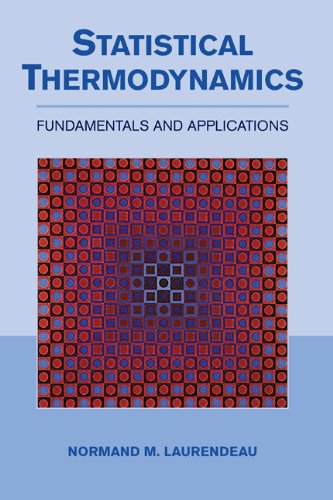
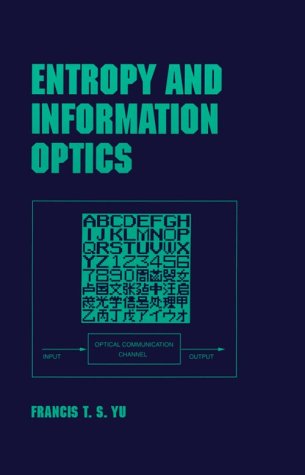
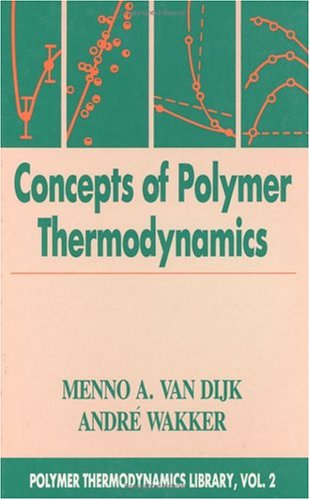
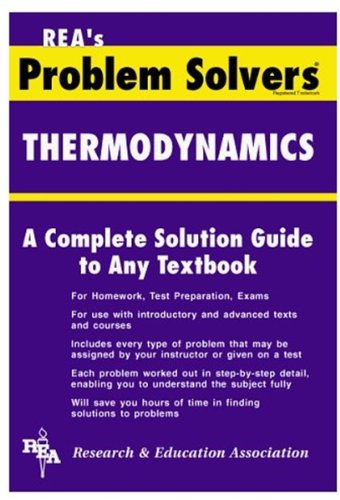
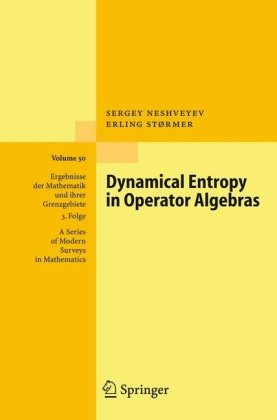
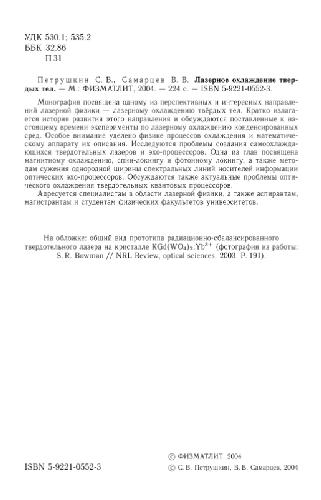
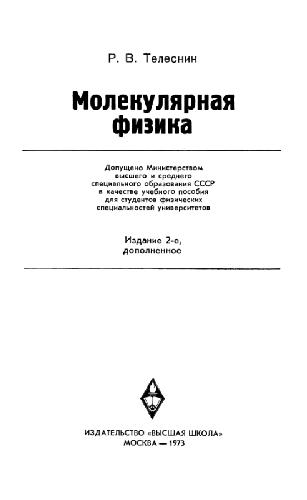
Reviews
There are no reviews yet.